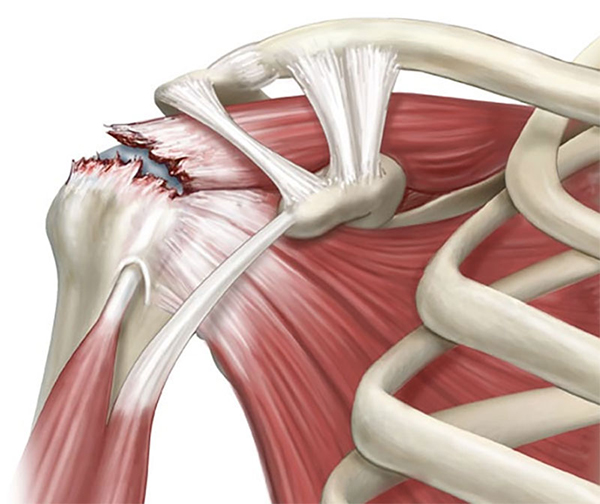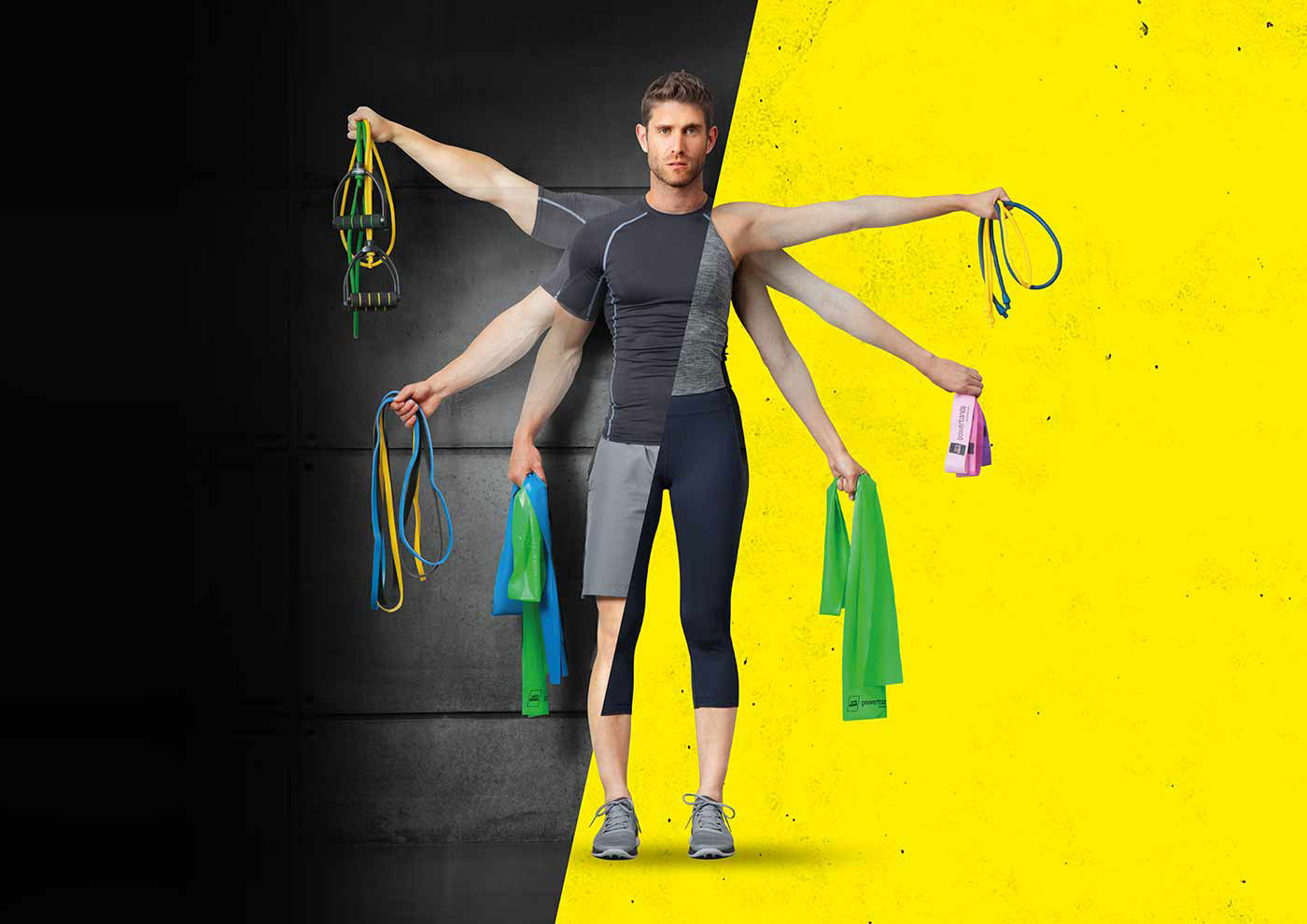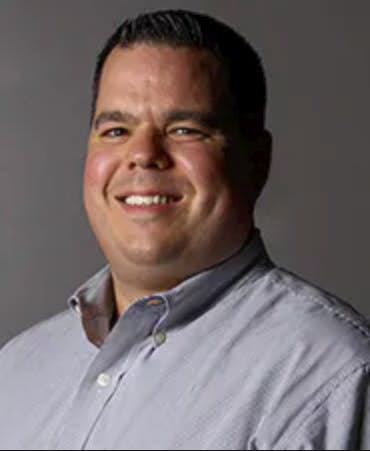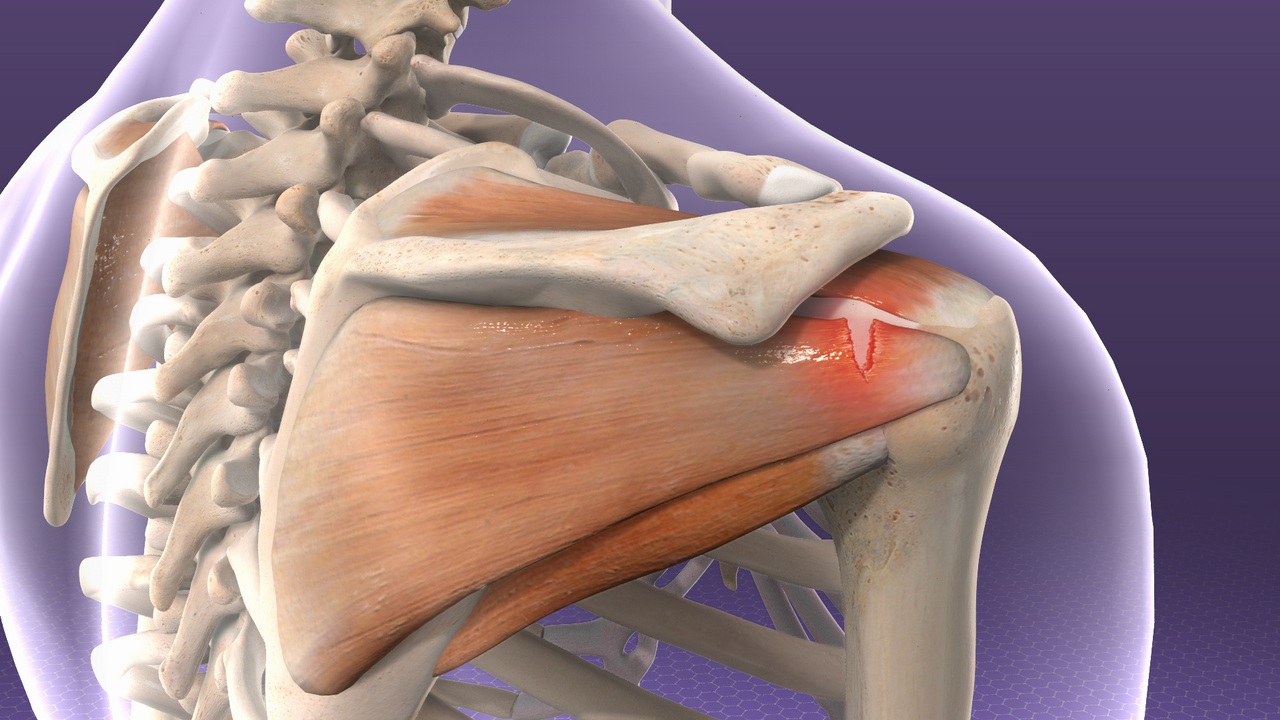One of the most commonly injured areas of the body is the shoulder. As a physical therapist, I often hear the dreaded question for many patients: “Do I need surgery for my rotator cuff tear?” Given how often injured the shoulder is, this question is very relevant. The shoulder is a dynamic joint, allowing us the greatest mobility of any articulating joint. But with great mobility comes great potential for injury.

If you’re like most people, you have likely injured your shoulder a handful of times before. You have tweaked it, strained it, or slept on it the wrong way. Maybe it got better, or maybe, just maybe, it’s still bothering you to this day.
When patients seek out physical therapy services for their injured shoulder, the most frequently impacted area is the rotator cuff.
Each of the four rotator cuff muscles has its motion to create. However, one of the primary responsibilities is to support the humerus (long bone of the upper arm) while it articulates/moves on the glenoid fossa, creating stability. This joint looks much like if you put a golf ball on a tee and tipped it sideways. Without the rotator cuff, the joint would have little support to hold it in position or create the tremendous motion to which we have become accustomed.
While a teenager who injures their rotator cuff may end up dealing with a muscle strain or tendinitis, there is great concern among many adults who injure their shoulder that they may have torn their rotator cuff. Let’s examine some common questions and answers about rotator cuff problems:

Q: How do I know if I tore my rotator cuff?
A: Typically, a rotator cuff tear is accompanied by substantial pain, weakness, and limited movement
Q: Is it common for someone to tear their rotator cuff?
A: Yes, it is. Most rotator cuff tears occur later in life as we age as a regular part of wear and tear on the shoulder. However, traumatic tears from falls or accidents and repetitive overuse injuries can commonly occur.
Q: Should I see an Orthopedist, my Primary Care Physician, or a Physical Therapist first?
A: Most rotator cuff tears do not require surgery and are better treated conservatively with physical therapy. Strengthening the musculature around the torn tendon can reduce strain on the injured area and decrease pain while improving stability and mobility. In addition, seeing your physical therapist in the early onset of injury can help expedite your healing and reduce medical expenses.
Q: Will my rotator cuff tear heal itself?
A: The short answer is no. When the tendon tears, whether partially or entirely, the fibers recoil and are no longer in a position to heal themselves back together. Though scar tissue will form in the body’s attempt to hold the area together, the tendon fibers typically remain separated.

Q: Do I need to have a MRI or X-ray?
A: There is no need to have advanced imaging before attempting conservative care, such as Physical Therapy. In most cases, PT will help you restore motion, improve strength, and reduce your pain. However, if you continue to have significant symptoms limiting your function, your PT may recommend an orthopedic consultation to obtain imaging.
Q: Will a cortisone injection help?
A: Cortisone is a steroid that is injected into a torn rotator cuff tendon, w can help to reduce the inflammation and intern minimize pain in the area. However, this will not necessarily correct your problem in itself. Most patients have a degree of movement dysfunction and/or weakness associated with the injury. Whether this was at the root cause of your pain and the way the tear began or compensations after the fact due to the pain, these issues must be addressed to ensure the best outcome. Hence, cortisone injections are often performed in conjunction with ongoing Physical Therapy treatments.
Q: How do I know if I need rotator cuff surgery?
A: Surgery is looked at as a last resort to improve a rotator cuff tear. Typically, if conservative measures such as Physical Therapy, cortisone injections, and other medications have not allowed for substantial improvement to restore function and decrease pain then surgery will be a likely next step. Imaging such as MRI will be performed to assess the tear and the Orthopedic Surgeon will create the best approach to correct the tear.
Q: Will I need PT after my rotator cuff surgery?
A: Yes, you will need physical therapy after surgery. Most patients are sent home post-op with a sling they will wear for several weeks to allow the repaired tendon to fully heal. However, most patients begin PT shortly after surgery to restore range of motion and begin strengthening muscles that will support the repaired area. A protocol will be followed to maximize your results and protect the repair.
Q: How long will it take to fully rehab my repaired rotator cuff?
A: Most patients regain full range of motion within 2-4 months after surgery. The strength and stability of the shoulder will progress over this time as well. Full return to sports and high-level activities typically occurs by 6-9 months following surgery.

Q: What is PREHAB and should I do it before a rotator cuff repair?
A: PREHAB stands for “Preoperative Rehabilitation”. It allows you to maximize their range of motion and strength while reducing as much pain as possible before surgery. By going into a rotator cuff repair, as well as any other orthopedic or neurological procedure, with the best possible mobility, strength, and pain control, you will enhance your post-operative results dramatically. Typically, PREHAB not only reduces post-operative pain but also improves the rate at which you achieve full range of motion and strength.
For patients, friends, and family, PREHAB is a no-brainer before surgery.
The question of whether or not to have surgery is a complex one and should not be taken lightly. There are pros and cons as well as risks and benefits to both conservative and surgical treatment of a rotator cuff tear. The important thing is to consult with your team of experts to help you explore all your options and make the right choice for yourself.
If you need help determining what choice is best for you, our team is here to help. You can schedule an evaluation by clicking here or reach us via phone at (203) 389-4593.

Kyle Branday, MSPT, C-PS
Kyle is a licensed Physical Therapist and is the supervisor of the Woodbridge office. He is a graduate of Quinnipiac University where he earned his Master’s degree in Physical Therapy. In addition, Kyle is Level 2 Certified by the Institute of Advanced Musculoskeletal Treatment for Dry Needling. Kyle enjoys treating patients with a wide range of orthopedic and neurological conditions.
Kyle has extensive training in the diagnosis and treatment of acute and chronic orthopedic and sports injuries, neurological rehabilitation, manual therapy, sports specific training, Selective Functional Movement Assessment (SFMA) and works with patients ranging from pediatrics to geriatrics.
Recently, he has completed course work to earn designation as a Champion Performance Specialist (C-PS) to enhance his work with elite athletes and weekend warriors alike. Kyle is an avid sports fan and works with our patients in our Sports Performance Programs.
Tags:
- amity
- Amity PT
- Do I need surgery for my rotator cuff tear
- Fitness
- Infraspinatus
- physical therapy
- Prehab
- PT
- Rotator Cuff
- Rotator Cuff Tear
- Shoulder
- Subscapularis
- Supraspinatus
- Surgery
- Teres Minor
- Wellness


